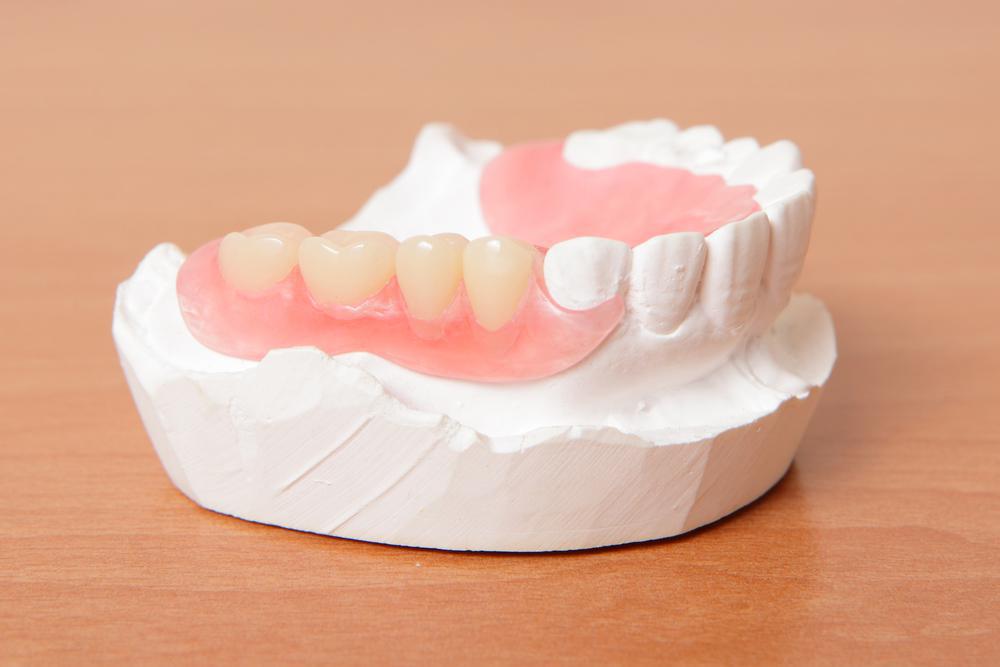Dentures have been an excellent option for missing teeth over centuries. Prosthetics are a traditional solution that remains an acceptable alternative for treatment. This solution recovers both the functional and aesthetic features of your smile, and dentures can be partial or complete depending on your needs. The dentist in Saskatoon considers many characteristics to offer you a specific denture. Budget, facial features, age, jawbone, and the condition of remaining teeth define a denture’s design.
The process of making dentures in Saskatoon requires more than one appointment to try on different models. This way, the completed denture fits perfectly inside the patient’s mouth. This procedure requires the skills of a dental technician as well as its specialized equipment. The following is a quick review from start to finish of the steps that are necessary to create the perfect dentures that adjust to a patient’s needs.
1. The Saskatoon dentist takes primary impressions of both the upper and lower gum of the patient with the use of stock trays. These contain a thick paste, and the trays come in different sizes.
2. By using the primary impressions, a dental technician will create custom-made impression trays that will provide accurate results.
3. The dentist will take a second impression by using these new trays. It will allow the professional to cast precise models that will become the foundation of the denture.
4. The patient also tries diverse sets of dentures to define the size and colour of their new prosthetic teeth.
5. A denture laboratory receives this cast. By using the original mold as a reference, their professionals carve a wax version of the patient’s gum line. An articulator is a mechanical device used to represent the jaw’s movements. It will work as a base for the preliminary denture during the following step. The technician places the selected pre-made acrylic teeth, and the process begins with the upper anterior teeth.
After this, the process continues with the lower and posterior teeth to guarantee the perfect fit. The first denture is now ready for a try-on appointment.
6. The try-on visit will enable the patient to test the preliminary wax. The dentist will check and notice if any changes are necessary. Since this is a preliminary denture, all modifications required are possible to perform.
7. After both the patient and dentist approve the fit, function, and look, the wax denture returns to the laboratory. There, a process to replace wax for acrylic resin takes place.
8. A technician places the preliminary wax into a flask. Then, they pour plaster inside the holding device to maintain the shape of the denture. The wax is removed through a boiling process in which the wax melts. Next, the dental technician rinses the flask, and all wax remains are washed away.
9. Afterward, they inject acrylic resin into the flask to give shape to the final denture’s gum line. The acrylic rests inside the container overnight to reach curation. Once the expected time passes, the professional opens the flask and carefully removes the plaster. This process demands skills and caution to prevent breaking the prosthetic.
10. The acrylic and resin mixture is now ready. The following final techniques will deliver flawless dentures. The resemblance to natural soft tissue appears after a wax-up that texturizes the surface of the dentures.
11. The natural-looking appearance of acrylic, in addition to the final cleaning up and polishing, results in natural-looking dentures.
12. Then, the definitive dentures return to your dentist ready to use. The dentures will provide a smile makeover that will endure many years of use.
